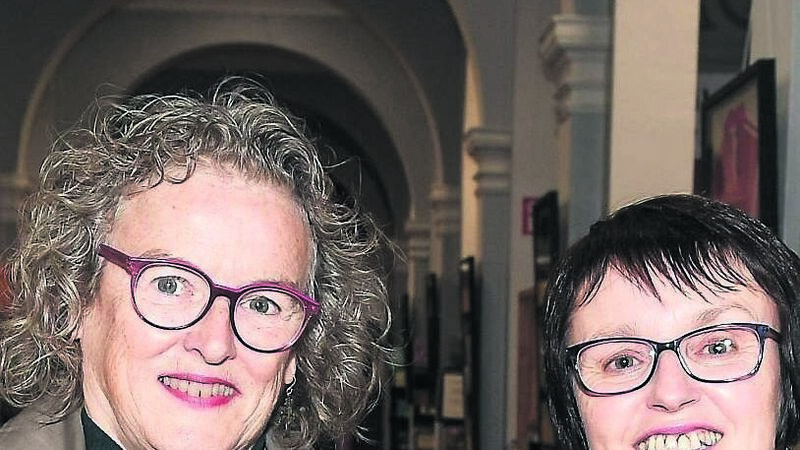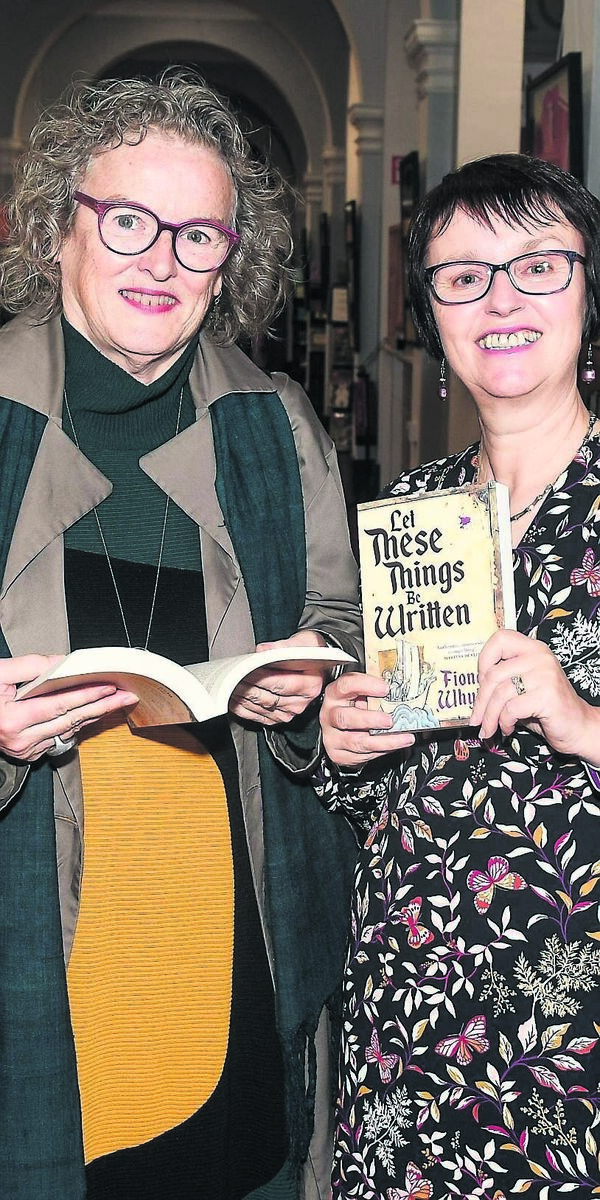Cork author's novel has its roots in a real-life story from 1,350 years ago

When I first picked up The Life Of St Cuthbert by the Venerable Bede, I had no idea where it would lead me.

He also tells the dramatic tale of how Cuthbert’s body was found to be miraculously incorrupt 11 years after his death in 687AD.
, by Fiona Whyte, is available from Waterstones, Cork city, and Leaf and Bower, Ballincollig. It’s also available online with Eason, Dubray and Alan Hanna’s Bookshop, and can be ordered from any bookshop.







 App?
App?


